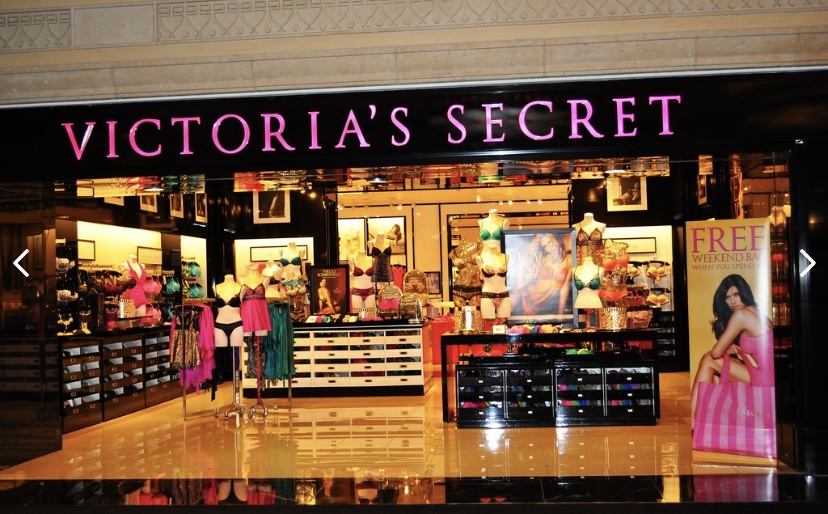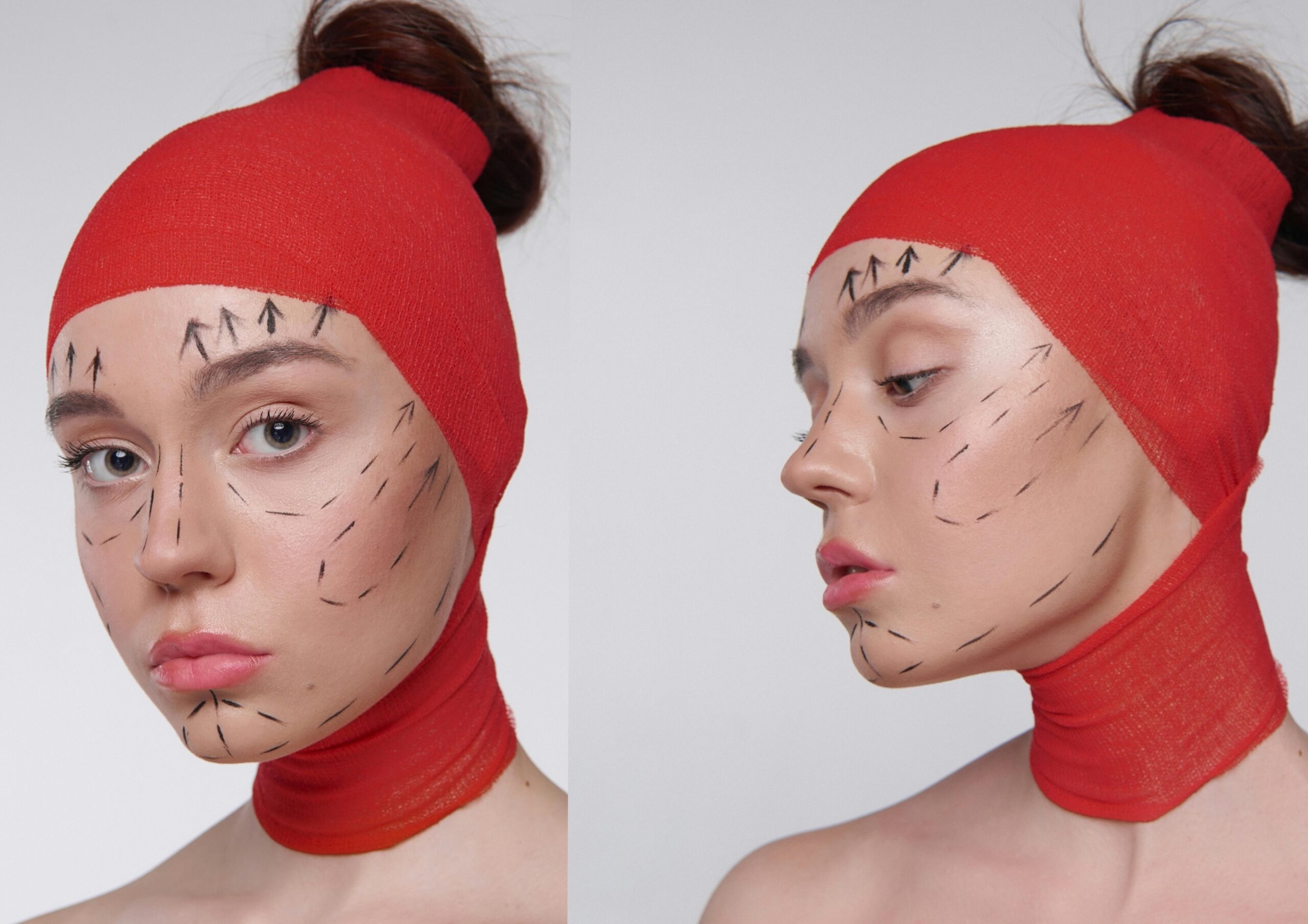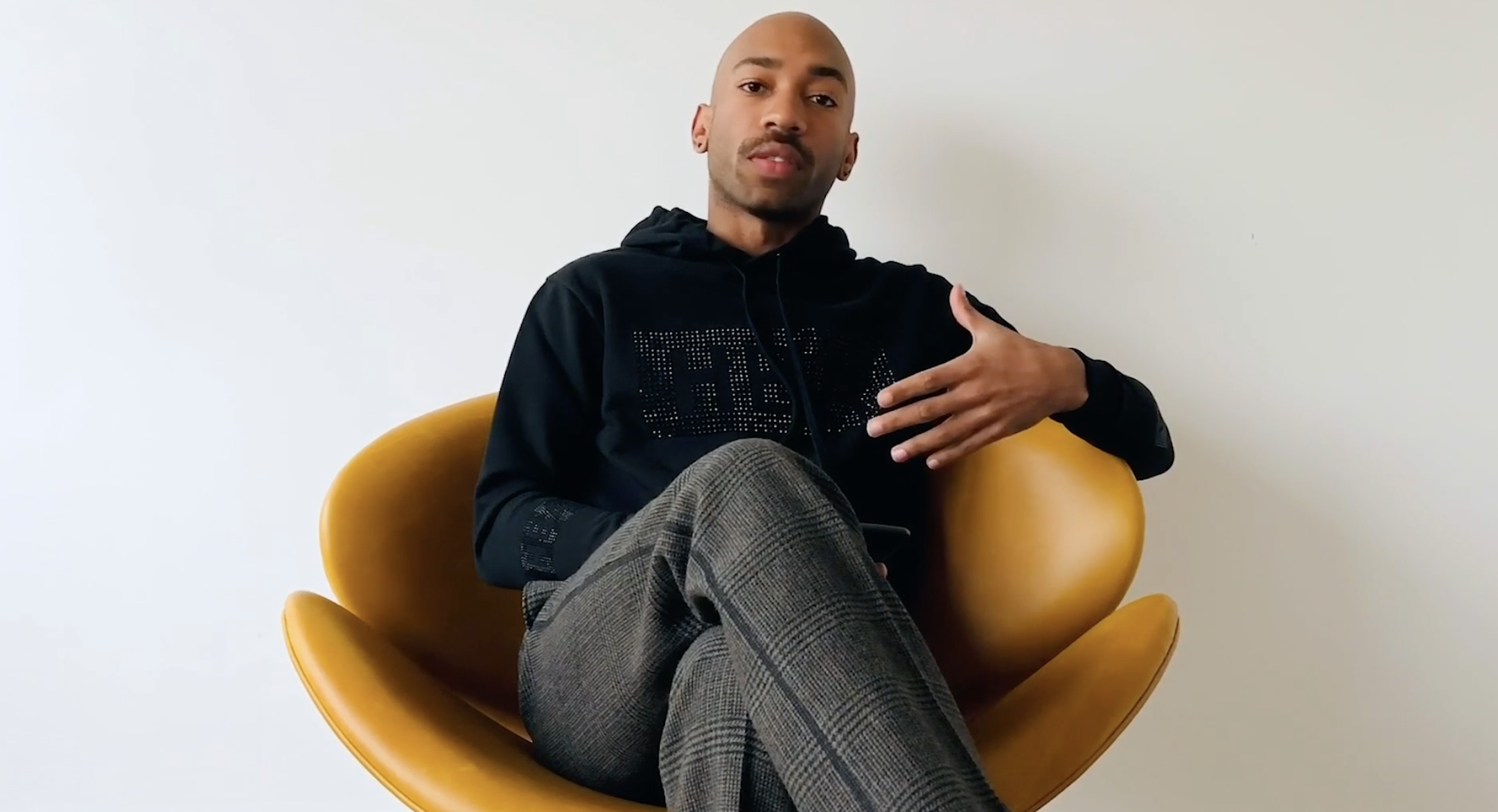(SOUTH BRUNSWICK, N.J.) – Leslie Wexner and Ed Razek were the two most powerful men at Victoria’s Secret. But behind closed doors, they harassed and bullied many of their employees. At least this is what Jessica Silver-Greenberg and her colleagues at the New York Times reported in February of 2020 after interviewing over thirty former executives, employees, contractors, and models. Some came forward and others remained anonymous. “He tried to kiss models,” wrote Silver-Greenberg, Katherine Rosman, Sapna Maheshwari, and James B. Stewart in a shared byline. Ed Razek asked them to sit on his lap. He touched one’s crotch ahead of the 2018 Victoria’s Secret fashion show,” the journalists reported. The lurid description is there but the victims are not named — they remain anonymous.
But not all.
Casey Crowe Taylor, a former public relations employee at Victoria’s Secret, was one of the few witnesses of Razek’s conduct named in the New York Times’ article. According to NYT, “The atmosphere was set at the top. Mr. Razek, the chief marketing officer, was perceived as Mr. Wexner’s proxy, leaving many employees with the impression he was invincible, according to current and former employees. On multiple occasions, Mr. Wexner himself was heard demeaning women. “At first, after the New York Times article came out, I thought that it would bring a lot of closure, and it was pretty much the opposite experience,” she explained to The Click. Crowe Taylor described feeling bombarded by all the press attention she received after coming out publicly for the first time about the discomfort she’d felt with Razek’s harassment and colleagues who stood by quietly. “This abuse was just laughed off and accepted as normal,” Crowe Taylor said. “It was almost brainwashing. And anyone who tried to do anything about it wasn’t just ignored. They were punished.”
Crowe Taylor explained why she decided to go public with her commentary when so many described in the article did not. “I think it’s a lot easier for me than other people who had much deeper stories of abuse — much worse stories of abuse — who stayed in the abuse,” Crowe Taylor said. “I think it’s a lot harder for them to talk about.”
Crowe Taylor’s lack of a nondisclosure agreement also played into her decision to use her name in the article. “Pretty much everyone else who interviewed to be whistleblowing in the New York Times Articles did have NDAs at the time.” While Crowe Taylor did not feel what happened to her was as significant as other stories brought forward by anonymous victims, she believed that including her name and experience would add power to those scared to reveal themselves by threats of invoking those NDAs. “With everything, it felt very small and very insignificant,” she said of her harassment and her decision to come forward.
As necessary as Crowe Taylor’s allegations were, the anonymous sources used throughout the NYT reporting were essential to shedding light on the extent of the crimes that took place. Six current and former executives said in interviews that when they tried to steer the company away from what one called its “porny” image, they were rebuffed. Three said they had been driven out of the company.
Although naming people is valuable because it helps bring evidence to a case, especially when dealing with victims, if a source isn’t named, it’s harder to follow the story and find out the why. It is no question that anonymous sources can still add to the article, even if they don’t reveal themselves. However, it is the duty of the New York Times to vet the source and ensure their claims are true. According to the NYT, not all anonymous sourcing is created equal. “Too many stories slip through editors’ hands containing unattributed information so trivial that it need not be published, or so self-serving that its source should not have been handed a mic.” Nearly a year ago, The Times issued stricter rules about the use of anonymous sources after a pair of embarrassing stories, relying on unnamed officials, turned out to be wrong.
According to Daniel J. Solove Professor at George Washington University, “Anonymity means people can express unpopular ideas and be critical of people in power without retaliation.” Certainly, the contractual language of NDAs can heighten those fears of retaliation. Whistleblowers are in fear of losing their job if they speak up. The Guardian interviewed Kelly Tolhurst, a member of the U.K. parliament, on the issue of granting NDAs, “What is completely unacceptable is the misuse of these agreements to silence victims, and there is increasing evidence that this is becoming more widespread. Our new proposals will help to tackle this problem by making it clear in law that victims cannot be prevented from speaking to the police or reporting a crime and clarifying their rights,” said Tolhurst. NDAs cannot prevent whistleblowing or stop them from discussing issues with the police, therapists, or doctors. Brave individuals not to break their silence and not be in fear because of the NDA they signed.
Crowe Taylor also mentioned that she participated in a lawsuit that allowed those that signed NDAs to later come forward without retribution. “I participated in a lawsuit in 2020-2021. I helped a team of lawyers basically go after L Brands [the former parent company of Victoria’s Secret] and go after shareholders.” While Crowe Taylor did not benefit monetarily from the lawsuit, by participating, she was able to help ensure that those silenced by the company’s NDAs would be able to come out publicly without fear of further lawsuits.
Given the complexities and unknowns, sometimes the only way to get the story is to offer a source anonymity. “If someone is unwilling to use their name in an article, the reporter should respectfully not use it,” says the NYU Journalism Handbook for students, written by Adam L. Penenberg, which instructs budding journalists in their ethical responsibilities when reporting on a story. “Calling someone a Jane Doe helps keep their identity confidential. It could be to protect them from losing their job or not being hired at future employment locations fearful of slander.”
In the recently released Hulu documentary, “Victoria’s Secret Angels and Demons,” which offers more details into the scandals at Victoria’s Secret, more people were willing to go on camera and not remain anonymous. The Hulu documentary uncovered the toxic workplace cultures at one of the biggest retail corporations. With over 1,350 stores worldwide and a predominantly female workforce of more than 30,000. Crowe Taylor also appeared in this documentary, but so did others who had not been named in the New York Times article. The on-camera interviews helped the audience connect to the victims more than the article did, as it put faces and names alongside the stories of those victimized by Razek and Wexner.
Six current and former executives throughout the documentary said in recorded interviews that when they tried to steer the company away from what one called its “porny” image, they were rebuffed, while three who also remained anonymous said they were driven out of the company. While watching the documentary, I believe the audience is able to further empathize with the individuals who came forward because the viewer could really see the emotions unfold and connect to what they went through.
From the models to the L Brand employees everyone was in a toxic work environment created by men. Mr. Razek often reminded models that their careers were in his hands, according to models and current and former executives who heard his remarks. Alyssa Miller, who had been an occasional Victoria’s Secret model, described Mr. Razek as someone who exudes “toxic masculinity.” She summed up his attitude as: “I am the holder of the power. I can make you or break you.”
“Jessica Silver-Greenberg was the 4th person I have ever told,” said Crowe Taylor. When she described what happened to her to Silver-Greenberg, she’d had little practice telling anyone about something that had left her deeply uncomfortable for years, but she found comfort in how the journalist explained to her what the fallout from her decision to tell her story might look like. “She shared some experiences where people put their names to something and regretted it and also put their name to their story and were really proud of it.”
A lot of the people who lost their jobs pressed charges against Razek. Coming forward with their name wouldn’t be an issue since they had nothing else to lose. Since Crowe Taylor helped with the lawsuit, now more people can come forward. Other models who spoke up, like Alison Nix, never modeled for the Victoria’s Secret line again. Maybe some models had to remain quiet because they wanted a long career in the industry. Does that mean they let Razek and Wexner harass and abuse them? Maybe if every employee spoke up something could have been done before they retired.
In an interview with Time, Jane Manning, a former New York City sex crimes prosecutor, who is now an attorney for rape survivors, explained part of the problem with holding the powerful, like Wexner and Razek, to account. “It’s not that the girls didn’t come forward years ago, the victims did come forward,” she said. Manning attributes the successful cases to journalists and other advocates who finally stepped in to support victims attempting to tell their stories to save others without ruining their own lives.
“What held me back the most was me believing my story was too small to make a difference,” explained Crowe Taylor about her own experience coming forward. “What has been the most mind-blowing about all of this is it was not small. Sometimes our perspective of these things is so limited, and so I think if someone is deciding whether or not they want to speak up they really have to be quiet with themselves and listen to their truest most authentic. When you make decisions and you move to a life of true integrity you can’t make wrong decisions.”


